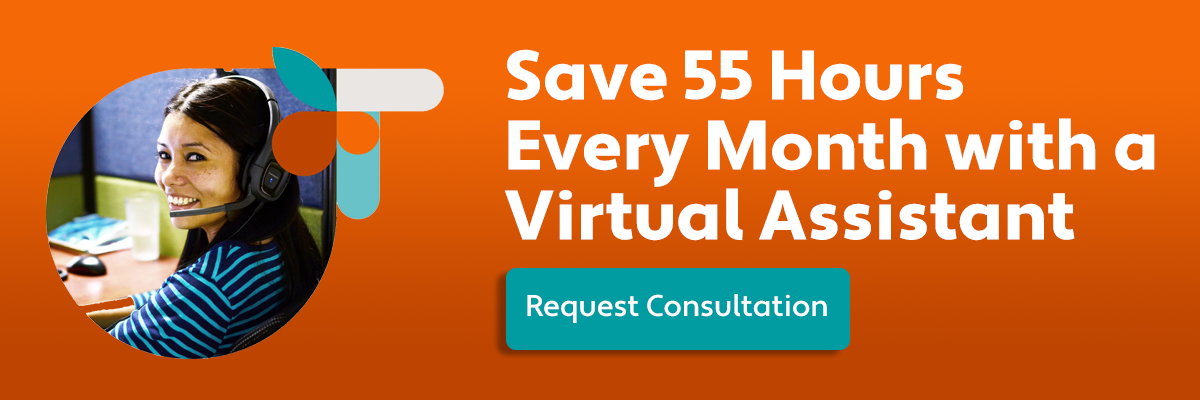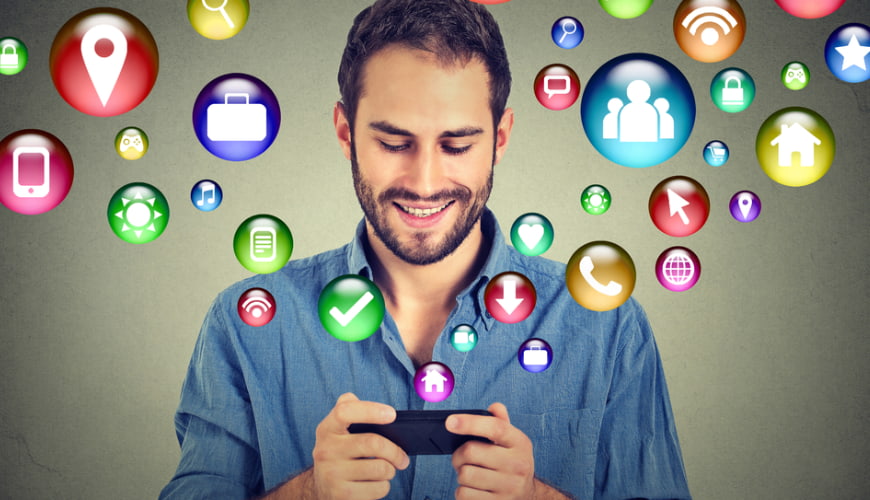When was the last time you pulled out an appointment book to schedule a meeting? Likely not since the turn of the century, thanks to modern technology. Yet, almost 30 years after the first one was introduced, electronic calendars are still some of the most chaotic apps on the Internet.
Why Calendaring Software is Broken
What most of us are looking for in our digital calendars is somewhere we can combine everything we do in our lives into a single space. Why is this so complicated? For three reasons:
- There’s a cornucopia of incompatible software. There are far too many types of electronic calendars out there, few of which plug into each other. Contrast that with the relatively small number of desktop-based applications that combine them (e.g. Microsoft Outlook, Apple Mail), and the problem is apparent.
- We expect too much. Calendaring software is the smartphone of the admin world. Though it’s supposed to resolve a logistical problem – setting a daily schedule – we want our calendars to sync with our CRMs, be accessible from multiple devices, lock certain appointments, include the office holidays, send seamless meeting invites, etc. etc.
- Schedules are highly personalized. A calendar isn’t just an appointment book. It operates within the context of your workflow and your contacts. Salespeople, for example, notoriously use calendars as simple suggestions of what they might do if a prospect call doesn’t come up.
The Current State of Affairs
As a result, most of us have ended up with several different calendars for different parts of our lives. In my case, that means seven separate calendars across two platforms. Dividing up my calendars allows me to share each one with people who need access to it, and it lets me plan my toddlers’ play dates in a separate place from my office staff meetings. But trying to send meeting invites or figuring out where I’m supposed to be today isn’t very convenient.
The Workaround
So how do we prevent double-booking or missing out on an appointment when we’re busy referring to our work calendars in one spot and our personal ones somewhere else? Even powerful task management apps like Evernote, Asana, and Salesforce don’t provide a great answer to this problem just yet. Instead, it turns out that the closest thing to a solution is in your pocket.
Your smartphone – iPhones specifically – are very good at integrating multiple digital calendars with each other. The app, known as iCal, does a pretty seamless job of bringing several different kinds of calendars into a single place, and pulling information from your emails into your calendar. Specifically, it can
- sync with calendars from multiple platforms (including Google Calendar, Hotmail, Aol, Microsoft Exchange and Zimbra);
- display all your calendars on a single screen, or hide or reveal only the calendars you’d like to see at the same time;
- create events in different calendars from a single interface/app;
- consolidate all your meeting invitation notifications in a single folder, where you can accept, ignore or reject them, whatever the case may be;
- share your calendars with others via email;
- show time as busy, free, tentative or out of office; and
- use a different time zone for each appointment.
Most importantly, because it’s on your mobile device, the app lets you take your schedule and schedule your meetings wherever you go. Plus, you can access iCloud drive on MacBook and keep all your important documents synced with your iPhone. This ensures that your schedule and necessary information are always up to date whenever you need them.
The Cons:
To be clear, though, this still isn’t a perfect fix the multiple calendar problem.
- While iCal syncs across all Apple devices and the Internet, it doesn’t directly plug into Windows devices (though there is an iCloud plugin for Outlook). The second best solution here would be to use Google Calendar.
- Sometimes, you may encounter problems with accepting events into calendars they weren’t sent to. So if someone invites you to work drinks, and you want to put that on your personal calendar, iCal can’t do that. But let’s be honest, you no longer really need to do that anymore anyway, since you can see all your calendars in the same spot.
- Your colleagues or personal assistant still won’t be able to see your personal calendars. That means that they might still schedule over a time when, for example, you have a doctor’s appointment in the middle of the work day that’s reserved on your personal calendar. If you want them to see it, you’ll either need to invite the relevant people to your personal calendar or you’ll need to create two events that will show up as overlapping appointments on your smartphone app. Not pretty.
Hopefully, Microsoft, Google, Apple or some other Silicon Valley powerhouse will soon seize the gap in this market and make a PC-based solution that’s as intuitive as the iPhone’s, but with better calendar integration. Until then, you phone is the one spot best designed for providing a single glance at your entire day.

